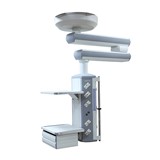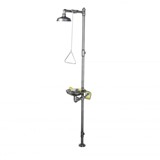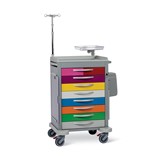Read Part 1: Emergency in the emergency room – solutions to system overload
Read Part 2: Emergency in the emergency room – tackling high admission rates
Read Part 3: Emergency in the emergency room – going with the flow
Inpatient boarding
While boarding in the emergency department is harmful, there is a lack of evidence that boarding on inpatient wards has detrimental effects. Thus, a viable possibility is to move only a few patients from a crowded ER to an inpatient ward.
A task force publication by the American College of Emergency Physicians suggests that unused space in inpatient departments, perhaps conference rooms, could be converted into temporary spaces to be used as an alternative to emergency department boarding.
Beds and alarms
Improvements in logistical arrangements and management of beds may at least alleviate pressure by promoting patient flow. For example, increasing the efficiency of patient transfers from one ward to another may lower rates of ER boarding.
Another modifiable factor is the scheduling of elective patients so that admission occurs at regular intervals throughout the week. This strategy minimises the possibility of fluctuations in ER visits affecting bed availability for elective patients, and vice versa. Cancellation of elective patients may also be avoidable.
To respond to rises in admissions, each department needs to establish its own full capacity protocols comprising defined trigger levels and responses. Furthermore, the value of strong communication and cooperation on an intra- and inter-departmental level cannot be underestimated.
Punctual discharge
Delays in test results, the need for prescription medications from a pharmacy, and travel difficulties can all contribute to discharge bottlenecks. Addressing this could involve patients being moved to discharge lounges.
Back to Australia
As reported in the previous article in this MedicalSearch series, figures from Australia between 2012 and 2013 show that the proportion of patients for whom the time elapsed from admission to start of clinical care was in accordance with that specified by their triage category, was higher for patients requiring resuscitation or emergency treatment as compared with intermediate triage categories.
With regard to the length of ER stay, 47 per cent of resuscitation and 51 per cent of emergency visits remained in the ER for over four hours. On the other hand, similar to the 91 per cent of non-urgent patients who received clinical care within the specified two-hour time period, 90 per cent of non-urgent patients were discharged within four hours of admission.



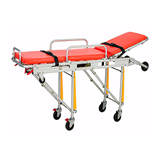
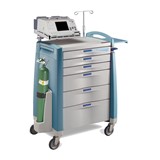
-160x160-state_article-rel-cat.png)



